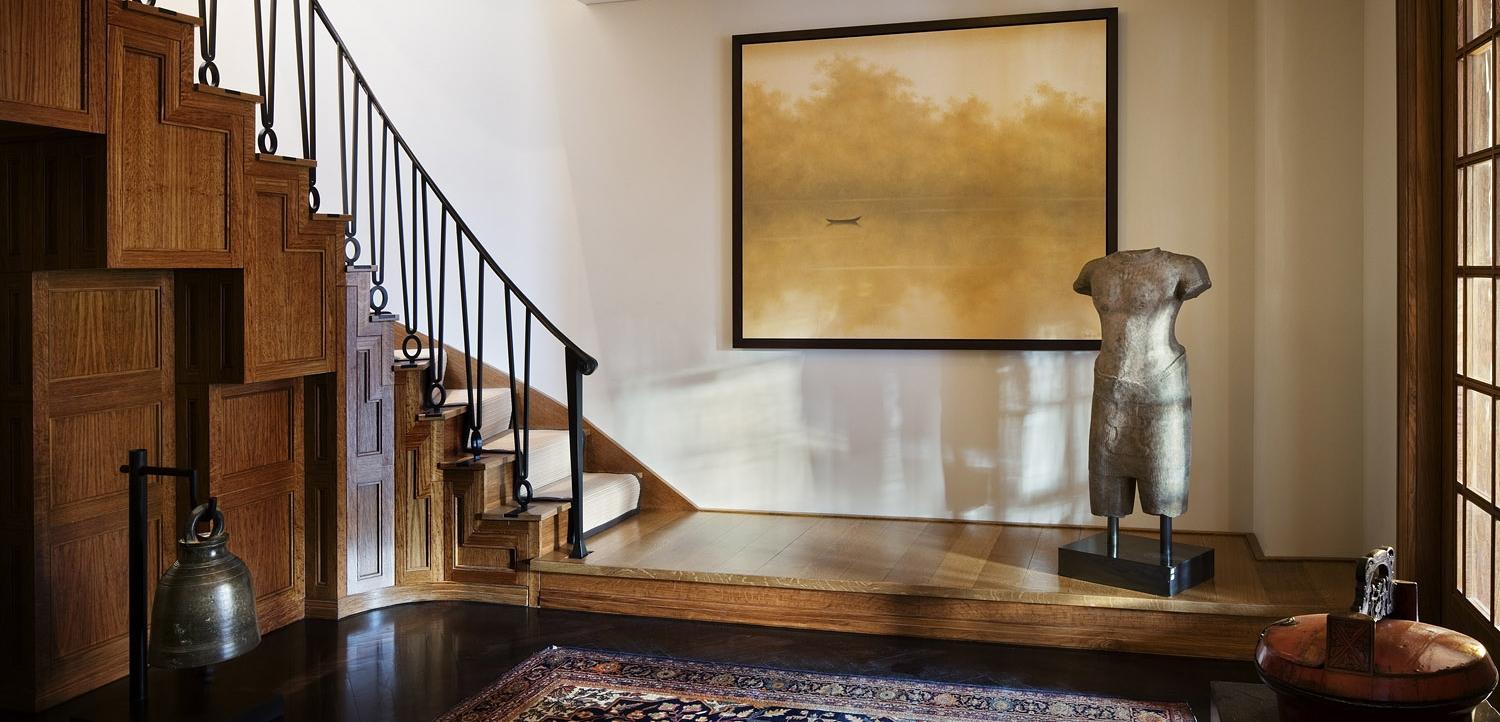John Coffey is deputy director for collections and research at the North Carolina Museum of Art in Raleigh, N.C. He was instrumental in bringing back an exhibition of John James Audubon’s The Birds of America starting February 16. Today only about 200 complete sets of The Birds of America exist in the world, and NCMA owns one. We interviewed Coffey via email last week:
What’s the background on Audubon’s The Birds of America?
This was the magnificent obsession of the French émigré artist. The publication of The Birds of America was both a great artistic accomplishment and a milestone in our understanding of the natural history of our country. The story is well-told in many books and online.
How did the museum come to acquire the portfolio?
The complete portfolios of The Birds of America were purchased by the State of North Carolina in 1846. It was held by the State Library and transferred to the NCMA in 1974. A few years ago, the Museum arranged to have the four portfolios unbound and each sheet separately cleaned and repaired. The sheets were then rebound in new portfolios.
When were the drawings done?
The NCMA does not own the original watercolors upon which the prints were based. Those are held by the New-York Historical Society. What we have are the published “double elephant” prints combining etching, engraving, and aquatint with hand-coloring in opaque watercolor.
Where?
These were produced by the London printer Robert Havell between 1827 and 1838.
Why?
Why not? Audubon’s Birds of America is one of the great, even heroic, achievements of American art. Though phenomenally popular, the original hand-colored prints are rarely on view in U.S. museums due to their sensitivity to light. The NCMA will minimize the effects of light damage by turning the page of each portfolio every three months. In this way, the four portfolios of the Birds of America can be on display indefinitely.
The format of the exhibition?
The exhibition features all four bound volumes of The Birds of America presented in specially designed display cases. There is also information on the history of Audubon and his grand project, including a video. But the emphasis is on the portfolios. I would also mention the adjacent The Audubon Experience, an “immersive room” of sound and animation, on view through September 15. The Audubon Experience brings to life the birds of the folios with digital recreations and their real life field recordings. Many of the featured birds are now extinct, so this is an interesting/eerie way for their sounds to live on. We’ll be hosting events in the room throughout the exhibition.
For more, go here.
[slideshow id=2010]


